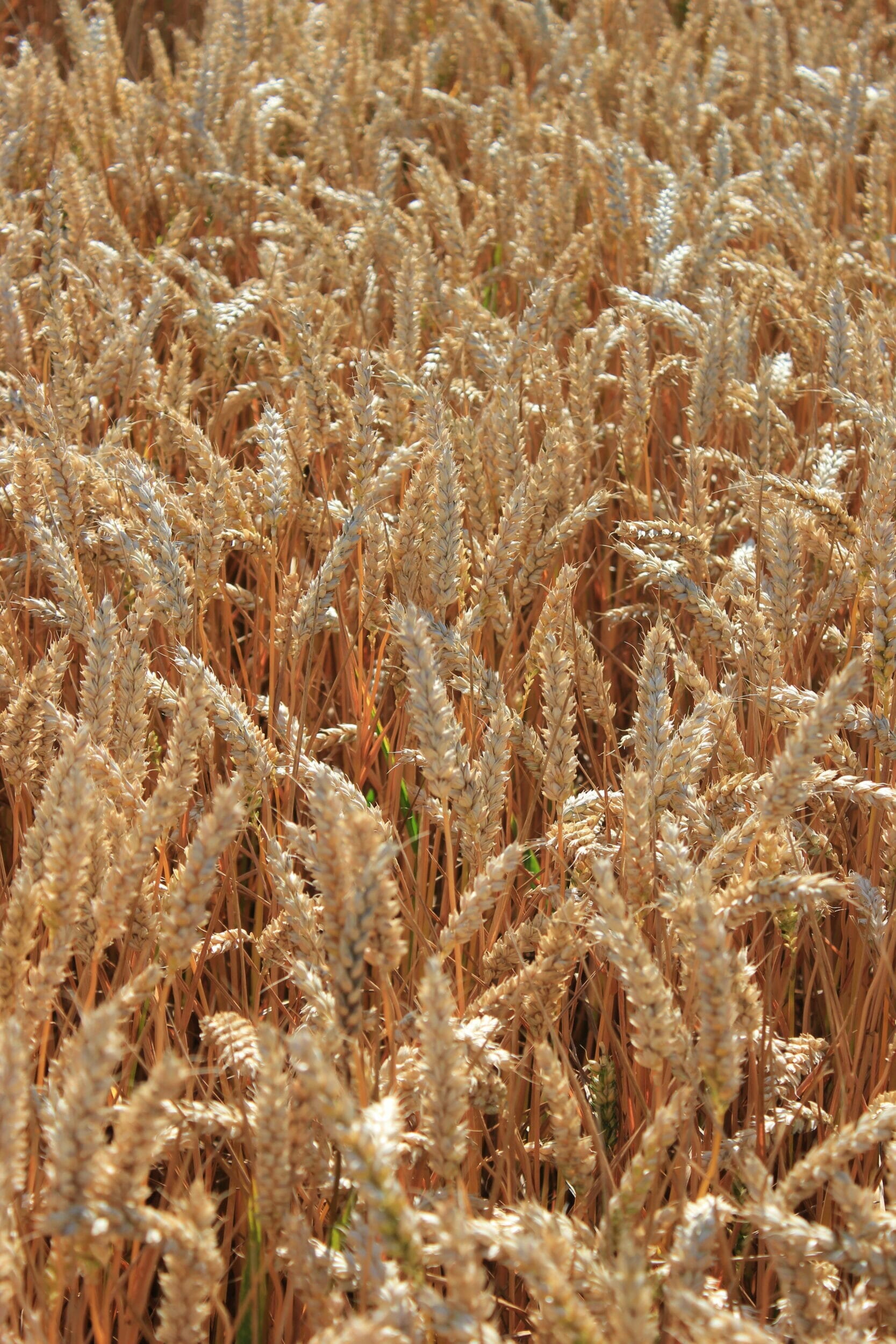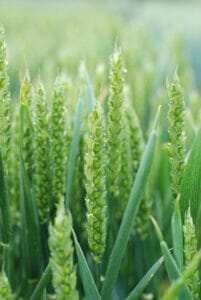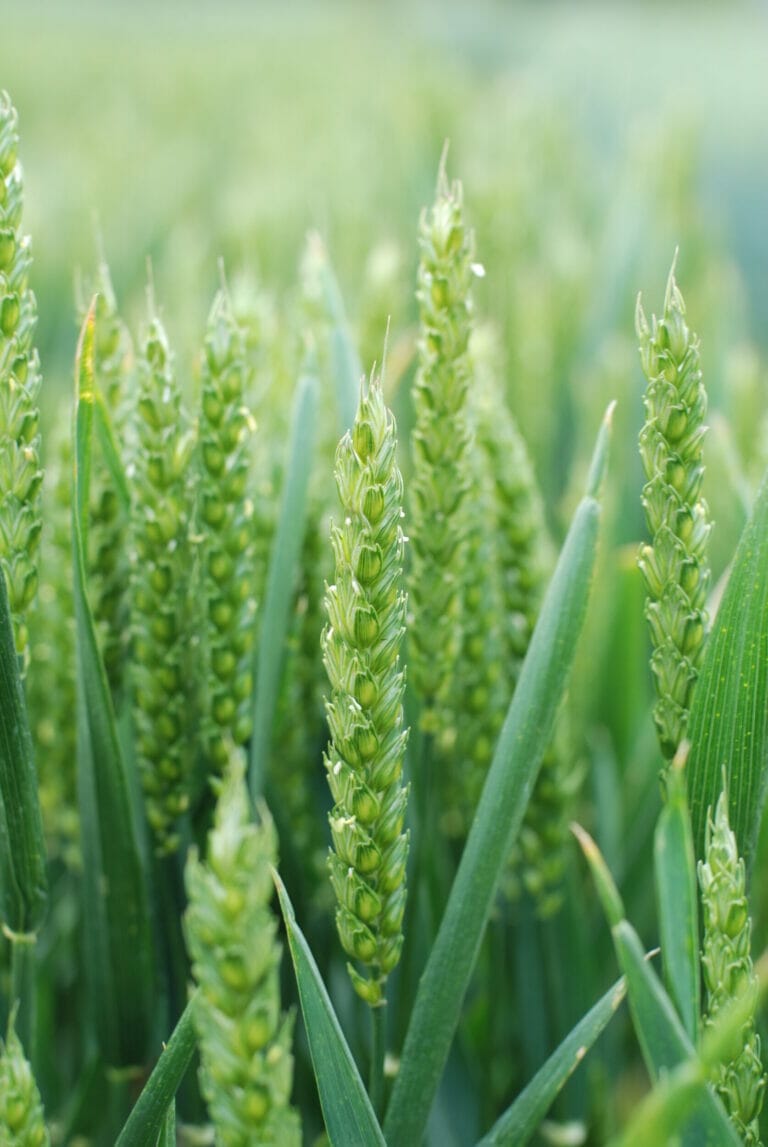
 Simon Budden’s crop of Crusoe milling wheat won Gold in the 2020 Wheat Quality YEN (The Yield Enhancement Network) awards with a yield of 11.98t/ha and a grain protein content of 13%. It also achieved a specific weight of 82.7kg/hl, a Hagberg score of 352 and moisture level of 12.5%.
Simon Budden’s crop of Crusoe milling wheat won Gold in the 2020 Wheat Quality YEN (The Yield Enhancement Network) awards with a yield of 11.98t/ha and a grain protein content of 13%. It also achieved a specific weight of 82.7kg/hl, a Hagberg score of 352 and moisture level of 12.5%.
Crusoe has been the variety of choice for Hampshire-based wheat farmer Simon Budden of Netherley Farm since 2013 due to the reliability with which it hits the magic 13% protein mark to receive a full premium. Last year was his first entry into the YEN.
“The great thing about the YEN report is the detailed analysis of the crop throughout the growing season. The grain analysis was really insightful and highlighted low potash, magnesium, copper and manganese.” “This will be useful information going forward to help increase grain yields further,” he says. He admits that some of the newer varieties have slightly better yields but points out that they are often less reliable in achieving the required protein levels and so do not always achieve the premium. Having grown Crusoe for a number of years, he knows how to look after it and get the best from it.
The local soil is loam over chalk, with good organic matter measured at 8.6% by loss of ignition. As part of his agronomy strategy, because the soils can vary within one field, he uses variable rates for planting using the SOYL system. Soils for milling wheats at Netherly Farm are min-tilled. “Last year’s crop was drilled at an average seed rate of 185kg/ha into good soil conditions in late September and received rain at just the right times.”
“The millers need a consistent grain, so we use the variable rate fertilisers to even up the crop.” Phosphate, potash and nitrogen were also applied at variable rate, and the crop received 260kg/ha in five splits of ammonium nitrate, one of which went on with sulphur. For the milling wheat he uses a hand-held N leaf tester and tops up if necessary.
Last year, his milling wheat also received 220 litres/ hectare of Omex Protein Plus at 40kg/ha at grain filling, to give 40kg of extra Nitrogen per hectare taking the total on the field to 302 kg/ha/N. “As we are in a catchment sensitive area and also an NVZ, we are very conscious of not wanting to waste any nitrogen and we are also working to improve our carbon footprint.”
“Our strategy going forward is to continue growing reliable high yielding milling varieties like Crusoe but also grow feed wheat crops to reduce our total nitrogen use over the farm “ Growing in an area with an average annual rainfall of 100 cm, septoria is a big challenge, so he prefers varieties with in-built resistance, and they always receive a full spray programme. “We first saw the crop in some local trials and we were impressed how it stayed green despite high septoria pressure. We have been growing it ever since.”
Crusoe remains agronomically robust, he says. “In this area we monitor closely for brown rust, but did not see any last year – two seasons previously it came in late, but we find the variety holds up against the disease anyway.” “The fungicide costs for last year’s crop of Crusoe, at less than £98/ha, were not high in the context of a crop reaching 12t/ha with a premium from protein of £1.32t/ha,” he points out.
































